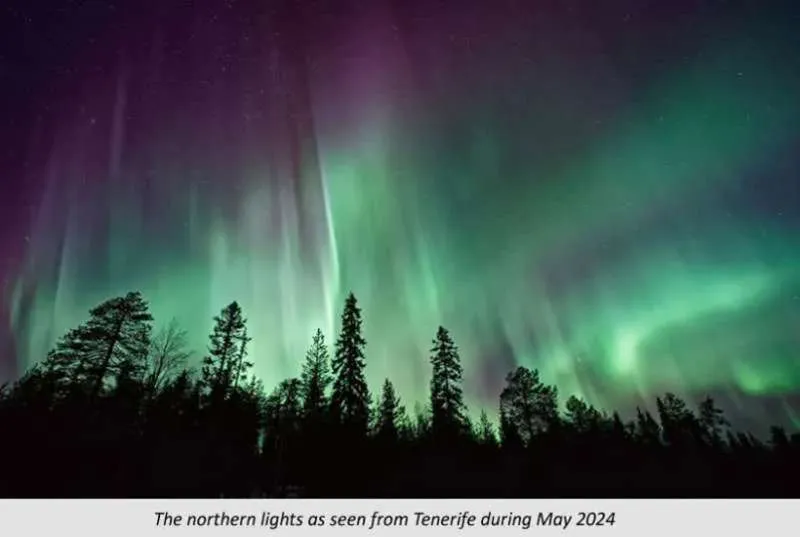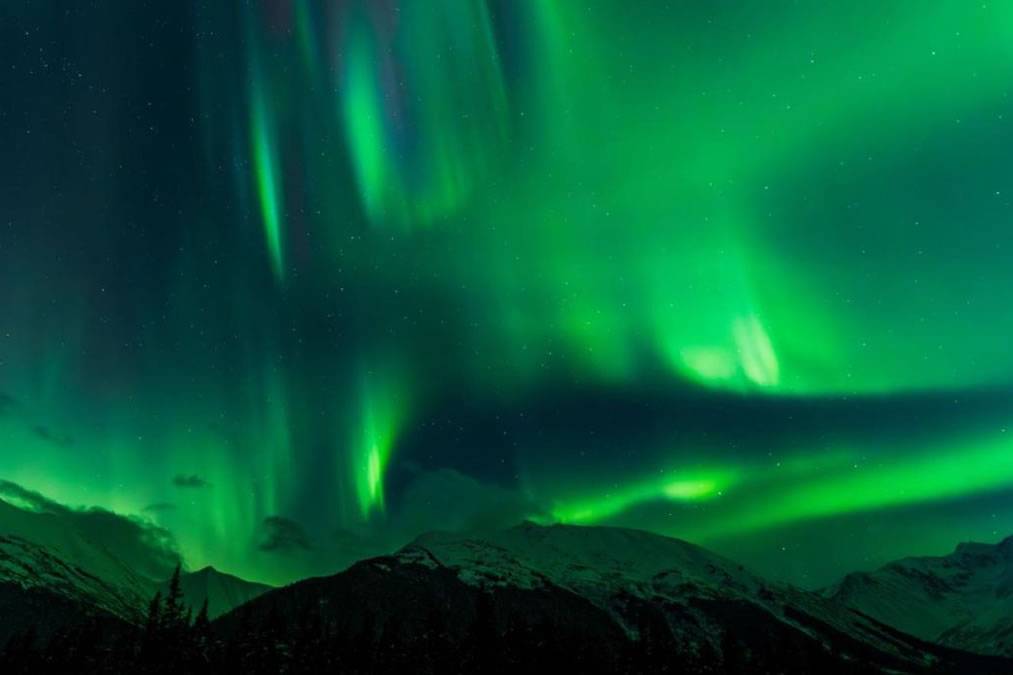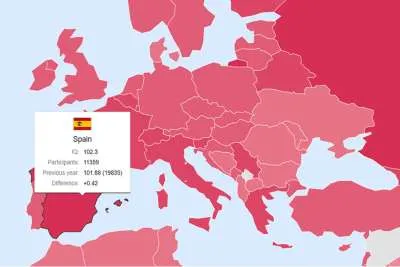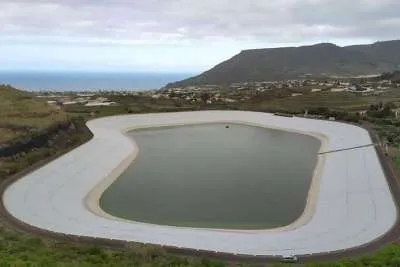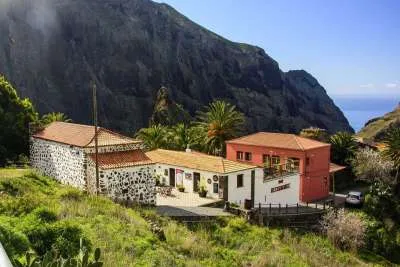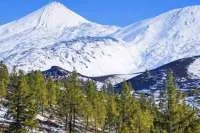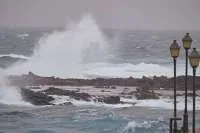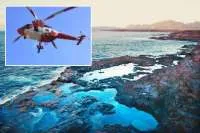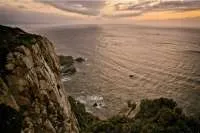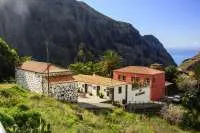Best places to see the Northern Lights in the Canary Islands this weekend
- 10-10-2024
- National
- Canarian Weekly
- Photo Credit: CW / Archive
For stargazing enthusiasts, this weekend offers a rare opportunity to witness the spectacular Northern Lights in the Canary Islands. While traditionally seen near the Earth's magnetic North Pole, in places like Scandinavia, Iceland, and Alaska, this awe-inspiring phenomenon might once again be visible in the Canaries due to unusual solar activity.
In May, for the first time in decades, the Northern Lights were visible in the archipelago's clear skies, and current forecasts suggest that another display may occur this weekend. While the Canary Islands aren't typically associated with auroras, exceptional solar events can make this a possibility.
Why Are the Northern Lights Appearing?
According to astrophysicists at the Canary Institute of Astrophysics (IAC), the Sun has been unusually active. Since May 10th, a series of solar eruptions, particularly from a region known as AR 3664, has impacted Earth. These eruptions lead to coronal mass ejections (CMEs), massive bursts of plasma and charged particles. If these particles reach Earth, they interact with the planet's magnetic field, creating the vibrant lights of auroras.
While solar flares have been strong recently, experts warn that predicting the Northern Lights is difficult. This weekend's geomagnetic storm is classified as G3, a moderate level. Although less intense than the G4-G5 storms seen in May, there is still a chance of a light show, particularly between G1 and G5.
Where to Watch the Northern Lights
To increase your chances of seeing the Northern Lights, head to elevated locations with little to no light pollution. Here are some of the best spots across the Canary Islands:
1. Roque de los Muchachos (La Palma)
o Altitude: 2,426 metres
o Known for its world-class observatory, Roque de los Muchachos offers clear, stable skies with extremely low light pollution.
2. El Teide (Tenerife)
o Altitude: 3,718 metres
o The Teide National Park is famous for its dark skies, making it one of the best spots in Europe for stargazing. Guided night tours are often available.
3. Pico de las Nieves (Gran Canaria)
o Altitude: 1,949 metres
o As Gran Canaria's highest point, this location offers great views with minimal light pollution, especially away from nearby urban areas.
4. Alto de Garajonay (La Gomera)
o Altitude: 1,487 metres
o Situated in the Garajonay National Park, this peak provides clear, dark skies with little interference from artificial lighting.
5. Cumbre Vieja (La Palma)
o Altitude: 1,200 to 1,800 metres
o Despite the 2021 volcanic eruption, Cumbre Vieja remains an excellent site for astronomy, thanks to its low light pollution.
6. Montaña de Tindaya (Fuerteventura)
o Altitude: 400 metres
o Although not very high, its remote location and low population density make it a great spot for viewing the night sky.
7. Montaña del Roque (El Hierro)
o Altitude: 1,500 metres
o With its small population and minimal light pollution, El Hierro offers a perfect setting for uninterrupted views of the sky.
Tips for a Successful Viewing
- Choose a high-altitude location far from city lights.
- Be patient and dress warmly, as auroras can be unpredictable.
- Check local weather and space weather forecasts for optimal viewing times.
While seeing the Northern Lights in the Canary Islands is a rare treat, this weekend might be your chance to experience this natural wonder without leaving the islands. Keep your eyes on the skies, and enjoy the show!
